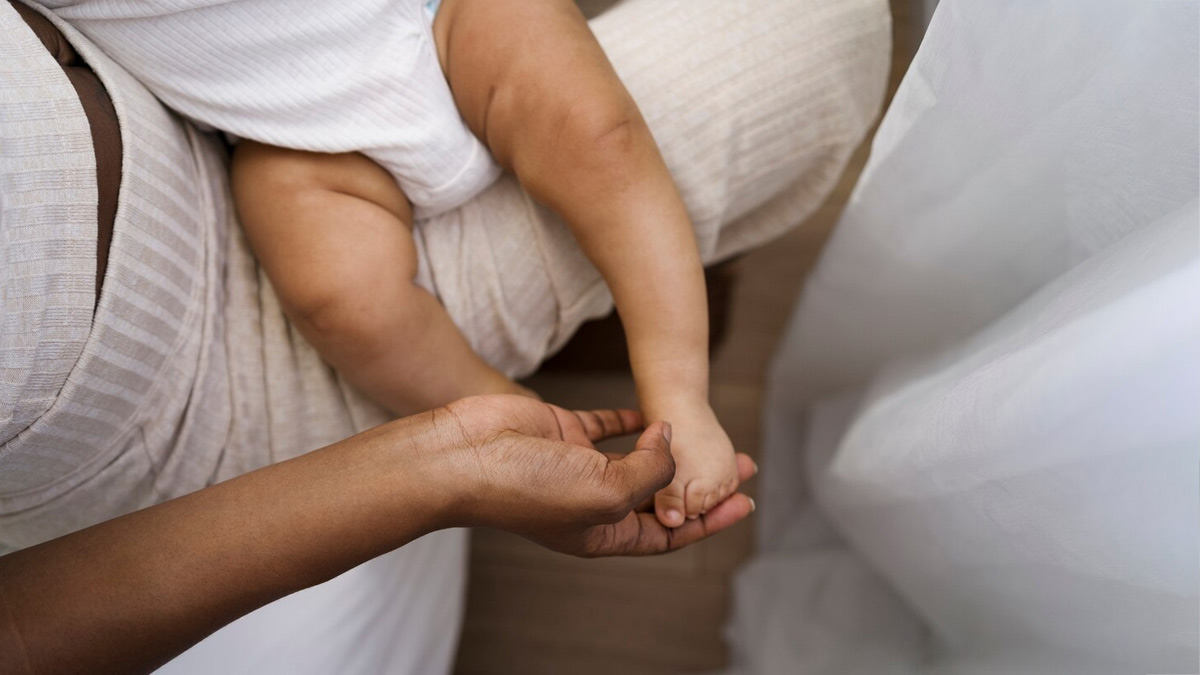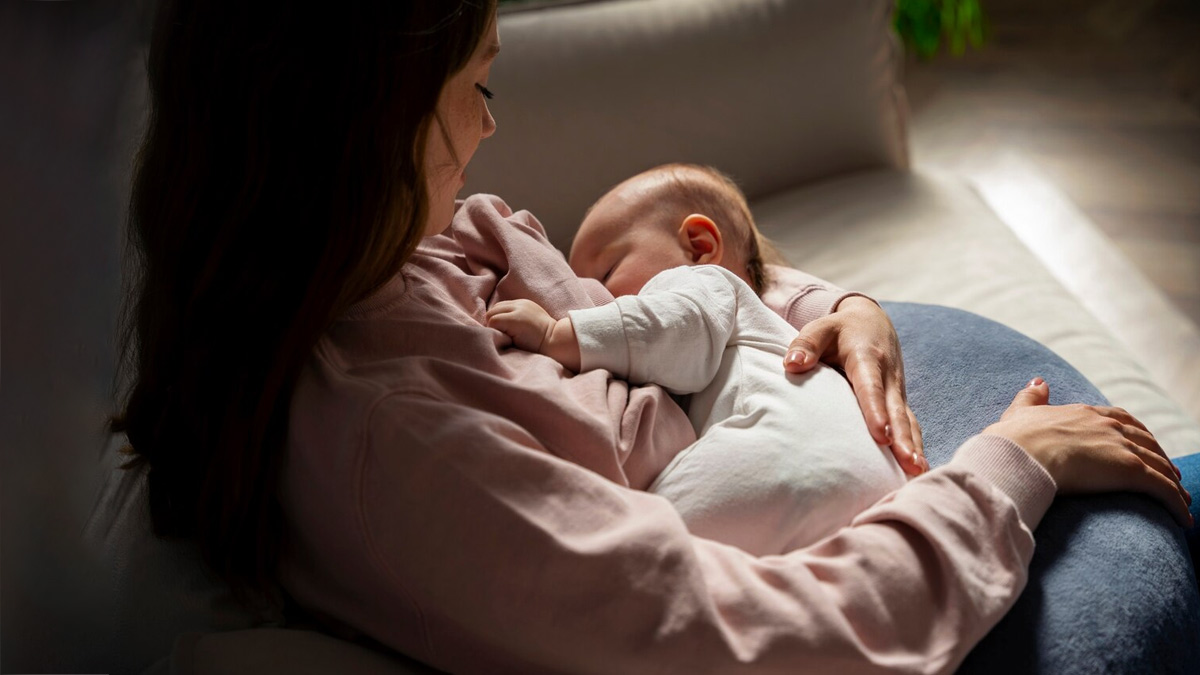Pregnancy puts significant physical stress on a woman’s body, potentially causing vaginal tears, anal prolapse, and uterine weakening. Vaginal childbirth can damage the vagina or cervix, and rapid deliveries can cause tears, with around 70% of first-time mothers requiring stitches for tears or episiotomies. After having a baby, one might experience dull pain in joints, bones, muscles, and connecting tissues. Dr. Aramya AR, senior research officer and physician, AVP Research, writes how a woman can take care of her muscles and joints after child birth and ensure healthy postpartum recovery.
5 Ways New Mothers Can Care For Muscles And Joints
As per Dr. Aramya AR, carrying a baby for so long can strain a woman’s weight bearing joints. Hormone changes can also contribute to joint swelling and pain. In rare situations, rheumatic fever can lead to rheumatoid arthritis in the post delivery period. This is when the body’s defenses attack healthy joint parts, which is a chronic inflammation at the joints.

Some joint pains, developed during the pregnancy period, continue well after delivery. This postpartum pain could be from hormones shifting, physical stress of being pregnant, and the birth process.
So, if you are a new mother, taking care of yourself for the next 45 days after your delivery is of utmost necessity. Dr. Aramya AR suggests 5 easy ways you can make yourself stronger, both physically and mentally, and to build your stamina, postpartum:
1. Maintaining Healthy Weight Via Diet
Use of herbs like garlic, ginger, fenugreek, and cumin during the postpartum can reduce the bloating and gastric problems, maintain metabolism and improve the absorption of nutrients.
Increase in weight during gestation and postpartum puts significant stress on weight-bearing joints like knees and ankles, accelerating wear and tear.
To combat this, prioritize nutrient-rich foods, including plenty of colorful vegetables, a variety of fruits, and fiber-rich sources like whole grains and legumes. These vitamins, minerals, and antioxidants rich foods support bone health and reduce degeneration.
Limit processed foods, sugary drinks, and unhealthy fats, as these can contribute to inflammation and weight gain. Fueling the body with the right nutrients is crucial for joint health and overall well-being.
Don't Miss:Postpartum Challenges: 4 Ways Husbands Can Support Their Wives During This Journey
2. Ensuring Adequate Vitamins and Bone support
When the mother is lactating, calcium level drops, leading to weaker bones. Further, insufficient vitamin D can hinder absorption of calcium and worsen the situation, increasing the risk of fractures and joint problems. To tackle this, ensure intake of good sources of calcium include dairy products (milk, yogurt, cheese), leafy green vegetables, and fortified foods.
In Ayurveda, the usage of laksha, aswagandha, and bala in the form of milk decoctions or ghee is advised as the best forms of support to joints and bones
3. Rejuvenating the Joints
In postpartum care, traditional practices such as oil application and the use of poultices are often employed to help keep the joints warm and comfortable for new mothers. Applying warm oils, particularly those with therapeutic properties like sesame or herbal infusions, can improve circulation to the joints, soothe muscle aches, and alleviate stiffness commonly experienced after childbirth.
The warmth helps to reduce inflammation and provide a sense of relaxation. The warm poultice contains ingredients which can help reduce pain and progressing inflammation.

4. Staying Physically Active with Targeted Exercises
Doing physical activities regularly is very important for healthy joints. Exercising improves the muscle stability, flexibility and makes the joints stronger, which helps them stay stable. The kind of exercise is recommended depends on the person’s strength. Simple exercises are advised during the first three months of delivery.
Stretching Exercises: Regular stretching improves flexibility and range of motion in the joints, preventing stiffness and reducing the risk of injury. Each stretch is advised to be maintained for 20-30 seconds, which focus on stretching major muscle groups, particularly those around hips, knees, and ankles.
Balancing Exercises: Good balance helps prevent falls, which can lead to jointinjuries. Incorporate exercises like standing on one leg or practicing yoga poses can challenge balance. Yoga is an excellent option as it combines strengthening, stretching, and balancing exercises.
Strengthening Exercises (after 6 months of delivery): Focus on exercises that target the muscles around the major joints at knees, hips, shoulders. Start with light weights and increase the resistance as the person gets stronger.
5. Using Supportive Devices When Appropriate
In certain situations, wearing supportive devices like knee caps or ankle bands can provide additional stability and protection to joints. This is particularly helpful if there is a history of joint injuries or pain during specific activities.
Don't Miss:How I Overcame Postpartum Body Shaming That Triggered My Worst Insecurities
If you liked the story, please share it. For more such articles, stay tuned to HerZindagi.

Take charge of your wellness journey—download the HerZindagi app for daily updates on fitness, beauty, and a healthy lifestyle!
Comments
All Comments (0)
Join the conversation